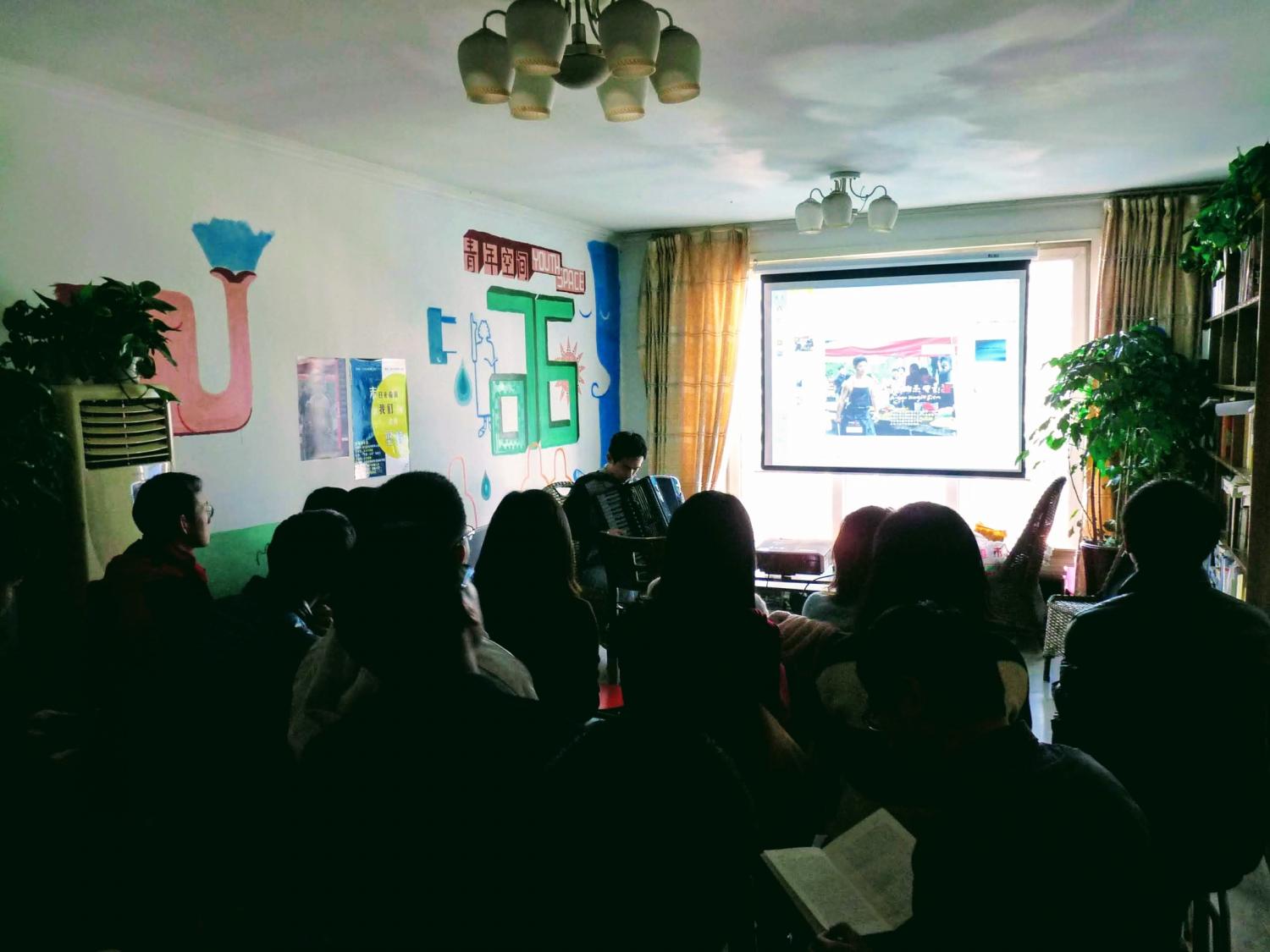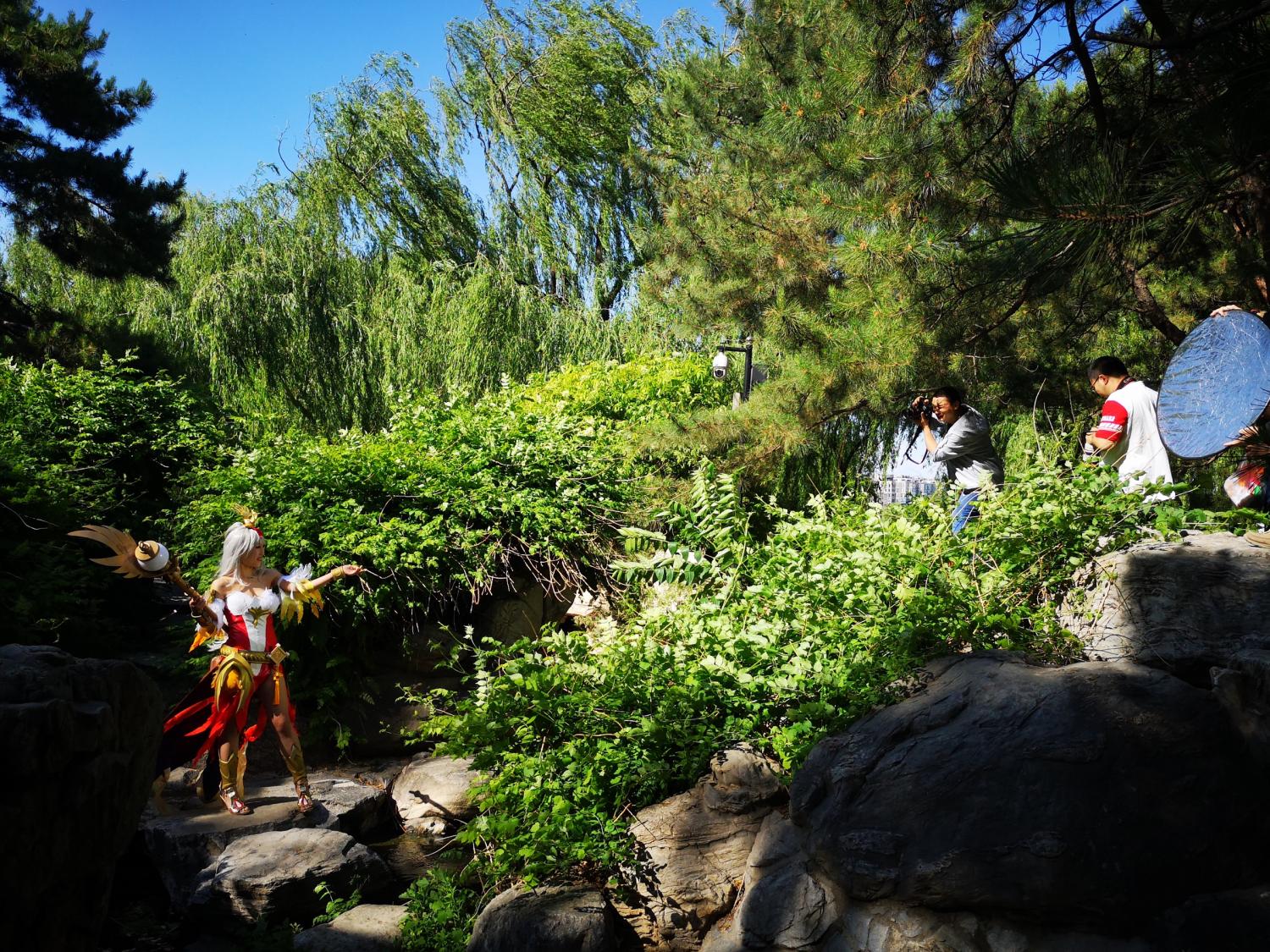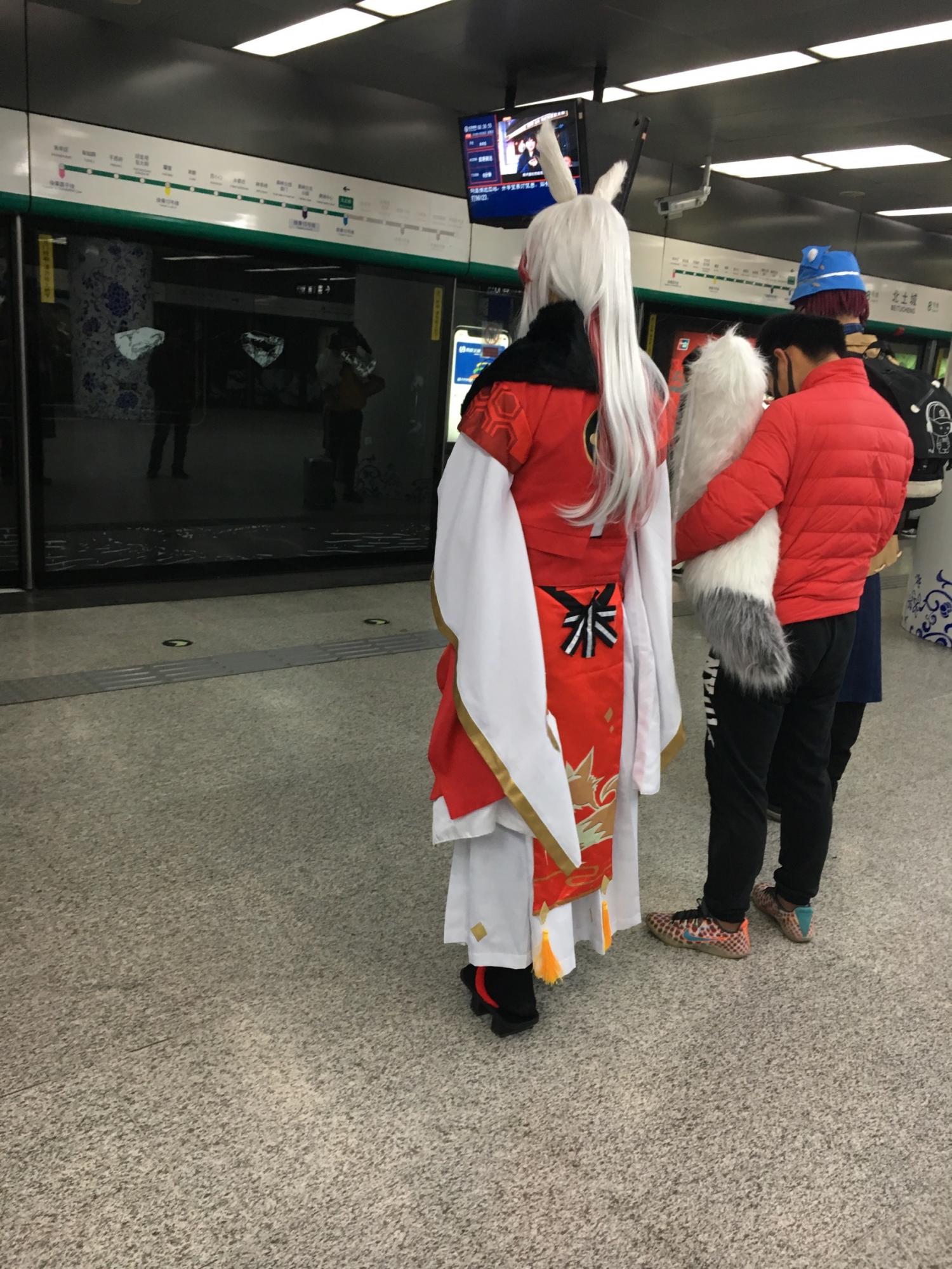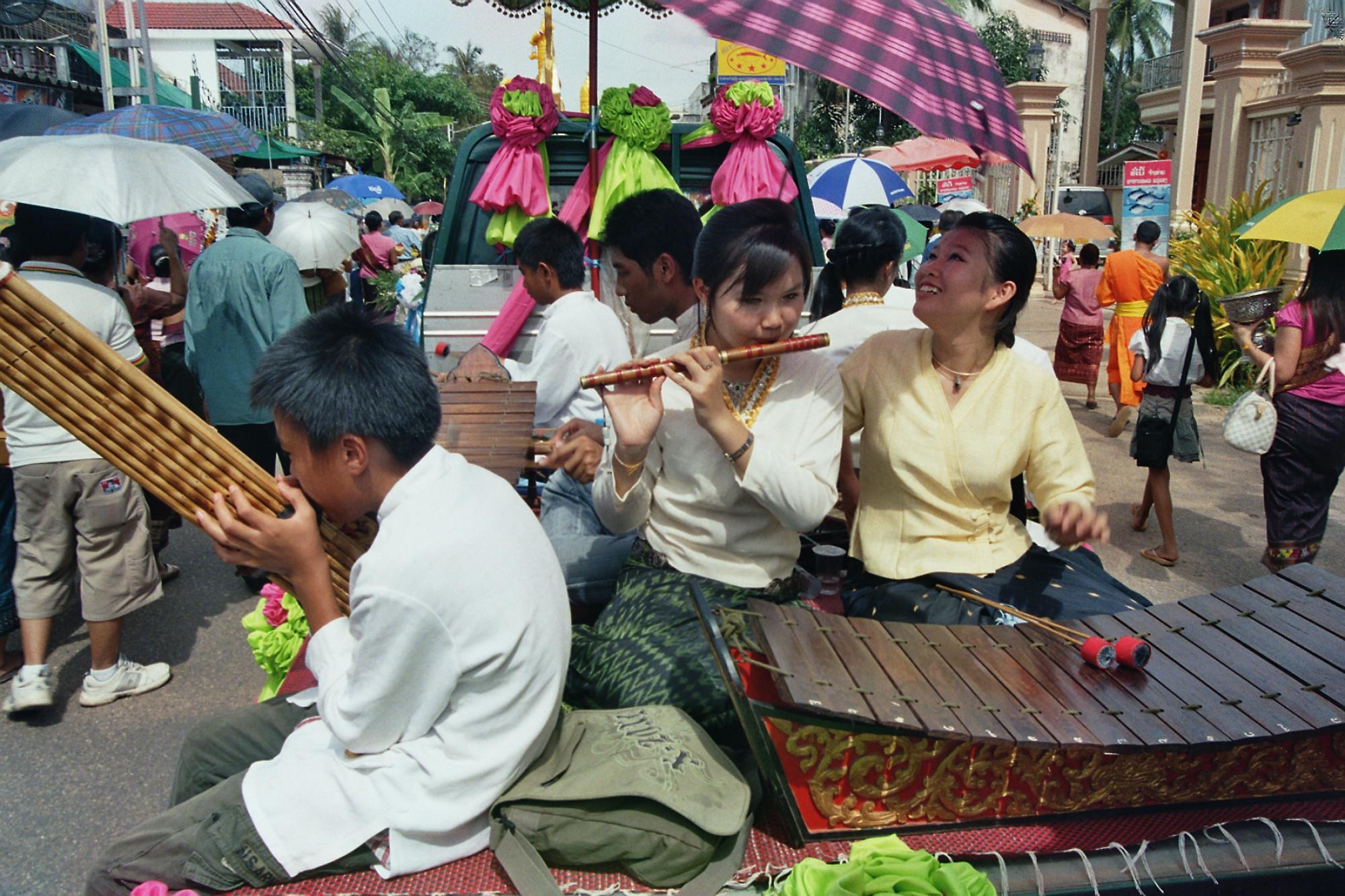Youth and cultural performances
Cultural performance has been central to youth culture in Socialist Asia. From school children to young members of party-sponsored organizations, all would have to participate in a range of “propagandistic art” (wenyi xuanchuan) activities. In these days, the Soviet Union played a key role in the circulation of artistic forms. Nowadays, the youths have more spaces to carry out their leisure activities, outside of party organizations. The taste for public performance, however, has remained, being increasingly shaped by globalized trends with Japan and South Korea being the models – even though, in this cluster, the accordion in Marie Bellot’s photo (Figure 1) reveals surprising afterlives of the Soviet influence. This performance culture implies skills of spatial appropriation. Urban landmarks are used as iconic front stages (Figure 2) whereas interstitial, transitional spaces serve as back stages (Figure 3).

Accordion concert

Cosplay photo-shoot in Taoran Ting Park

